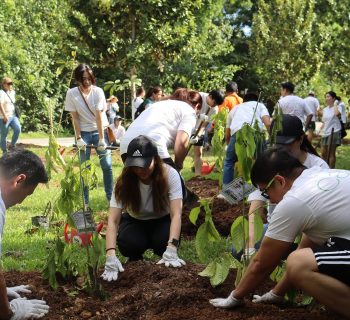Things to Know About Florida Climate
You have probably heard that people are calling Florida a Sunshine state, because it is known for its humid and hot summers where temperature ranges between 88- and 91-degrees F. However, humidity levels can feel like it is a hundred degrees or more, while thunderstorms and afternoon breezes are providing some form of relief. You should know that winters are much cooler when it comes to temperature, while frontal systems are lacking the days of rain and other things include. Remember that tornadoes are prevalent in Florida, meaning they tend to happen during summer and fall, while in some situations even in spring and winter. June to November is hurricane season, meaning you will experience different tropical storms. Since hurricane season is frequent in Florida and lasts approximately six months between June and December, while the peak season is around mid-August, you should have a stormproof roof that comprises of the best roofing materials that will comply with regulations and codes. That way, you can keep your household as safe as possible, while ensuring to avoid expensive repairs and replacement in the future. The main idea is to choose a hurricane-proof material, which will offer your home the best chance to survive the harshest weather conditions. Therefore, we recommend you to find materials with highest impact and wind ratings possible. At the same time, you should ensure that the roofing material protects the underlayment of your floor and water resistant, among other things. Watch this video: https://www.youtube.com/watch?v=OxE5jDH3Y4g to learn more about roofing materials.Florida Roofing Considerations
The main idea is to understand the need for hurricane-ready, which is just a single aspect of the picture. The main idea is learning about different building code requirements that specify installation procedures as well as materials you can use. In further article, we will talk about a few things you should remember before replacing a roof.- Materials – Roof-related codes are offering specifications regarding different installation materials from type of clips to screws as well as hurricane straps that you should add to ensure the best protection.
- Underlayment – Water infiltration is significant problem that can happen after a storm. It can damage your roof decking leading to leaks inside your home combined with rot and mold. That is why building codes require roof decking to be sealed with relevant materials.
- Humidity – Another potential problem that can cause a risk for roofing is humidity, because it seeps into cracks and causes mold and mildew to grow. If mold reaches the decking, it can easily compromise the building and roof.
- UV and Heat Exposure – You should remember that heat can cause different materials to expand, while the process depends on which option you choose. This leads to cracks that can worsen after a while, meaning water and moisture can enter and cause further issues. After a while, the cycle of contracting and expanding can lead to severe damage to the roof material.









